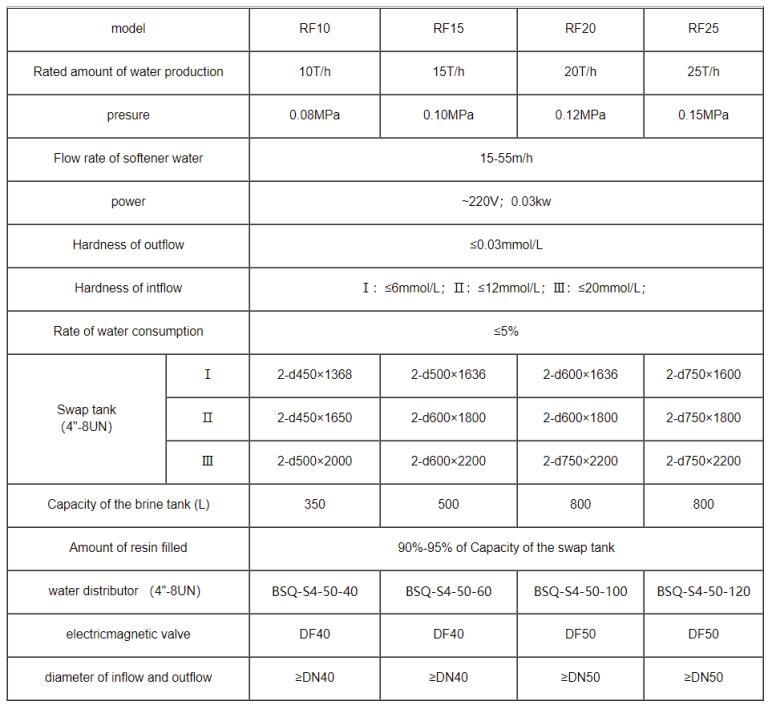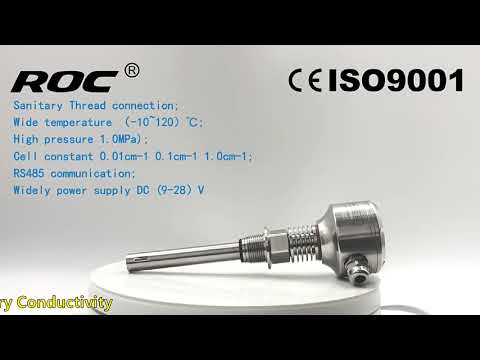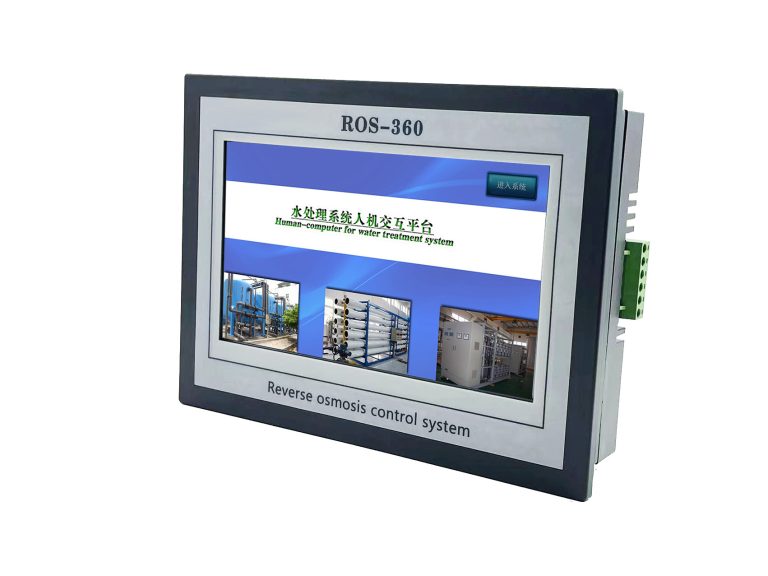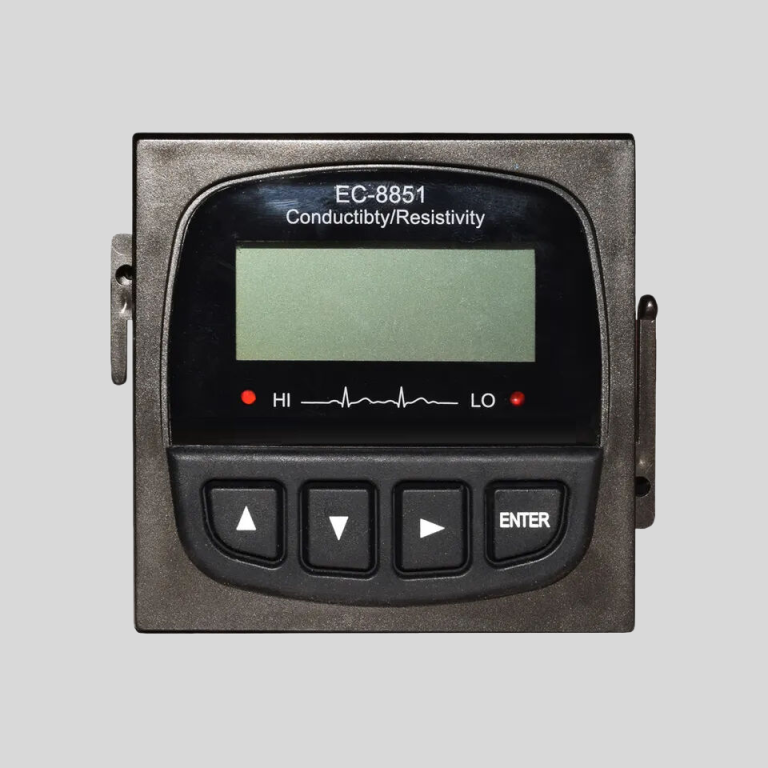Table of Contents
Importance of Proper ph meter Calibration
Proper calibration of a ph meter is essential for accurate and reliable measurements in various industries such as food and beverage, pharmaceuticals, environmental monitoring, and research. A ph meter measures the acidity or alkalinity of a solution by detecting the concentration of hydrogen ions present. To ensure the accuracy of pH measurements, it is crucial to calibrate the ph meter regularly.
Calibration of a ph meter involves adjusting the instrument to read a known pH value accurately. This process is necessary because pH meters can drift over time due to factors such as temperature changes, electrode aging, and exposure to contaminants. Without proper calibration, pH measurements may be inaccurate, leading to incorrect conclusions and decisions based on faulty data.
There are two main methods for calibrating a ph meter: single-point calibration and multi-point calibration. In single-point calibration, the ph meter is adjusted to a single standard buffer solution with a known pH value. This method is quick and simple but may not account for potential errors at other pH values. Multi-point calibration, on the other hand, involves adjusting the ph meter at two or more standard buffer solutions with different pH values. This method provides a more comprehensive calibration and ensures greater accuracy across a wider range of pH values.
Before calibrating a ph meter, it is essential to select appropriate buffer solutions that cover the pH range of interest. Buffer solutions are stable solutions with known pH values that serve as reference points for calibration. Common buffer solutions used for ph meter calibration include pH 4.01, pH 7.00, and pH 10.01. It is crucial to use fresh buffer solutions and properly store them according to manufacturer instructions to ensure their accuracy.
| Model | DO-810/1800 dissolved oxygen meter |
| Range | 0-20.00 mg/L |
| Accuracy | ±0.5% FS |
| Temp. Comp. | 0-60℃ |
| Oper. Temp. | 0~60℃ |
| Sensor | dissolved oxygen sensor |
| Display | Segment code operation/128*64 LCD Screen(DO-1800) |
| Communication | Optional RS485 |
| Output | 4-20mA output High/Low limit double relay control |
| Power | AC 220V±10% 50/60Hz or AC 110V±10% 50/60Hz or DC24V/0.5A |
| Working Environment | Ambient temperature:0~50℃ |
| Relative humidity≤85% | |
| Dimensions | 96×96×100mm(H×W×L) |
| Hole Size | 92×92mm(H×W) |
| Installation Mode | Embedded |
To calibrate a ph meter, start by rinsing the electrode with deionized water to remove any contaminants. Then, immerse the electrode in the first buffer solution and allow the reading to stabilize. Adjust the ph meter according to the known pH value of the buffer solution using the calibration controls. Repeat this process with additional buffer solutions if performing a multi-point calibration. After calibration, rinse the electrode with deionized water again and store it properly to maintain its accuracy.
Regular calibration of a ph meter is necessary to ensure the reliability of pH measurements. The frequency of calibration depends on the specific requirements of the application and the manufacturer’s recommendations. In general, pH meters used frequently should be calibrated daily or before each use to ensure accurate results. For less frequent use, calibration every one to two weeks may be sufficient.
In conclusion, proper calibration of a ph meter is crucial for accurate and reliable pH measurements. By following the correct calibration procedures and using fresh buffer solutions, users can ensure the accuracy of their ph meter and obtain precise results. Regular calibration of pH meters is essential to maintain their accuracy over time and prevent errors in pH measurements. By understanding the importance of proper ph meter calibration and following best practices, users can ensure the quality and integrity of their pH measurements in various industries.
Step-by-Step Guide to Calibrating a ph meter
A ph meter is a crucial tool in various industries, including agriculture, food and beverage production, and water treatment. To ensure accurate readings, it is essential to calibrate your ph meter regularly. Calibration involves adjusting the ph meter to accurately measure the pH of a solution. In this article, we will provide a step-by-step guide on how to calibrate a ph meter effectively.
Before starting the calibration process, it is important to gather all the necessary materials. You will need calibration solutions of pH 4, pH 7, and pH 10, distilled water, a clean beaker, and your ph meter. It is crucial to use fresh calibration solutions and ensure that they are stored properly to maintain their accuracy.
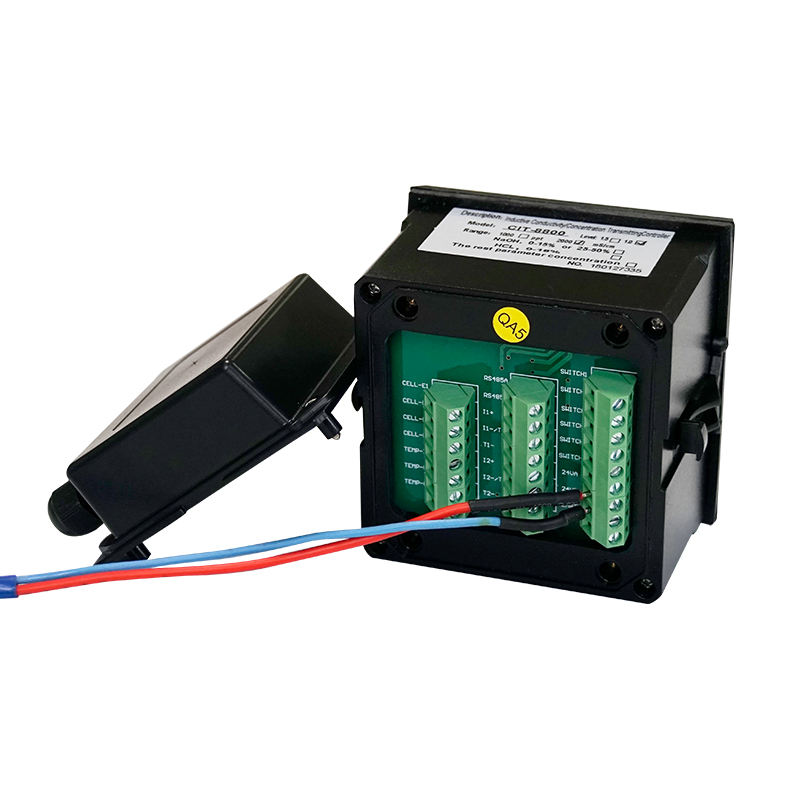
The first step in calibrating a ph meter is to rinse the electrode with distilled water to remove any residue or contaminants. This step is essential to ensure accurate readings during calibration. Once the electrode is clean, you can proceed to the next step.
Next, you will need to immerse the electrode in the pH 7 calibration solution. Make sure that the electrode is fully submerged in the solution and allow it to stabilize for a few minutes. This step is crucial as it allows the ph meter to adjust to the pH 7 calibration solution.
After the electrode has stabilized in the pH 7 calibration solution, you can adjust the ph meter to read pH 7. Use the calibration knobs or buttons on the ph meter to adjust the reading to pH 7. Once the ph meter is reading pH 7 accurately, you can proceed to the next step.
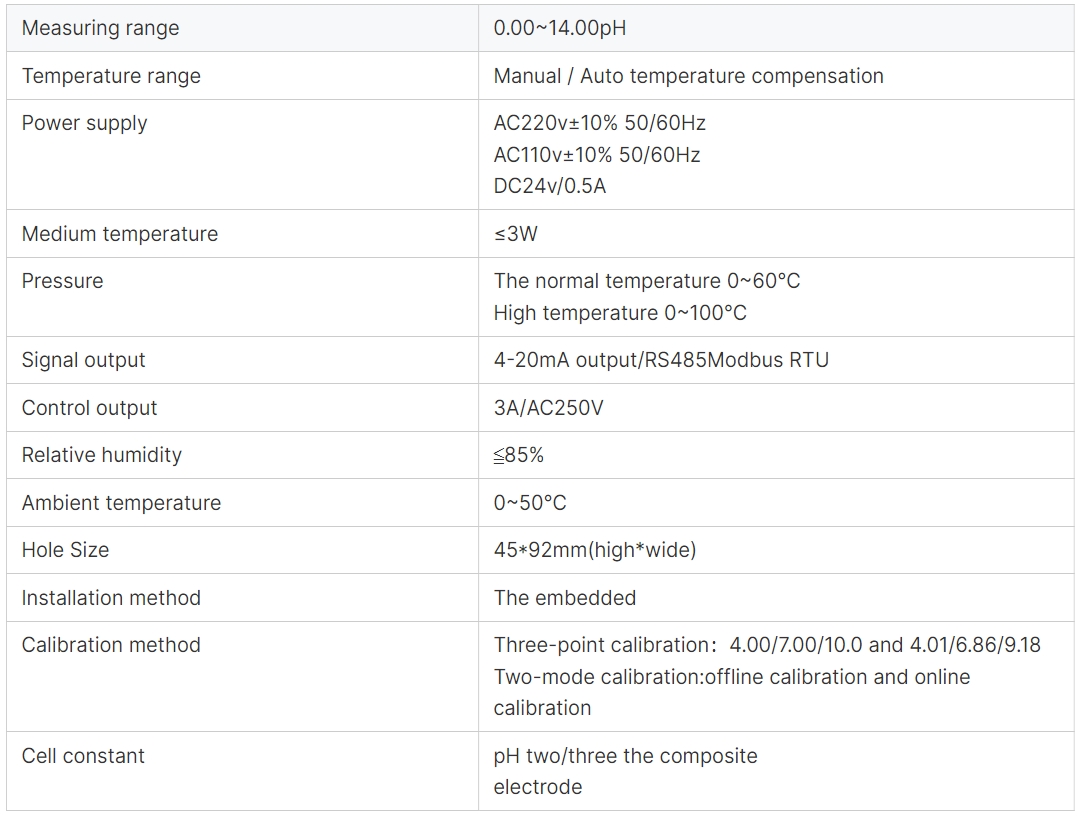
The next step is to rinse the electrode with distilled water and immerse it in the pH 4 calibration solution. Again, allow the electrode to stabilize in the solution for a few minutes before adjusting the ph meter to read pH 4. Use the calibration knobs or buttons to adjust the reading to pH 4 accurately.
| Model | pH/ORP-510 pH/orp meter |
| Range | 0-14 pH; -2000 – +2000mV |
| Accuracy | ±0.1pH; ±2mV |
| Temp. Comp. | Manual/Automatic temperature compensation; No Comp. |
| Oper. Temp. | Normal 0~60℃; High temp 0~100℃ |
| Sensor | pH double/triple sensor; ORP sensor |
| Display | LCD Screen |
| Communication | 4-20mA output/RS485 |
| Output | High/Low limit dual relay control |
| Power | AC 220V±10% 50/60Hz or AC 110V±10% 50/60Hz or DC24V/0.5A |
| Working Environment | Ambient temperature:0~50℃ |
| Relative humidity≤85% | |
| Dimensions | 48×96×100mm(H×W×L) |
| Hole Size | 45×92mm(H×W) |
| Installation Mode | Embedded |
Once the ph meter is reading pH 4 accurately, rinse the electrode with distilled water and repeat the process with the pH 10 calibration solution. Allow the electrode to stabilize in the solution before adjusting the ph meter to read pH 10. Use the calibration knobs or buttons to adjust the reading to pH 10 accurately.
After calibrating the ph meter with the pH 4, pH 7, and pH 10 calibration solutions, rinse the electrode with distilled water to remove any residue. Your ph meter is now calibrated and ready to use for accurate pH measurements.
In conclusion, calibrating a ph meter is a simple yet crucial process to ensure accurate pH measurements. By following this step-by-step guide, you can calibrate your ph meter effectively and maintain its accuracy. Regular calibration of your ph meter is essential to ensure reliable results in various industries.

